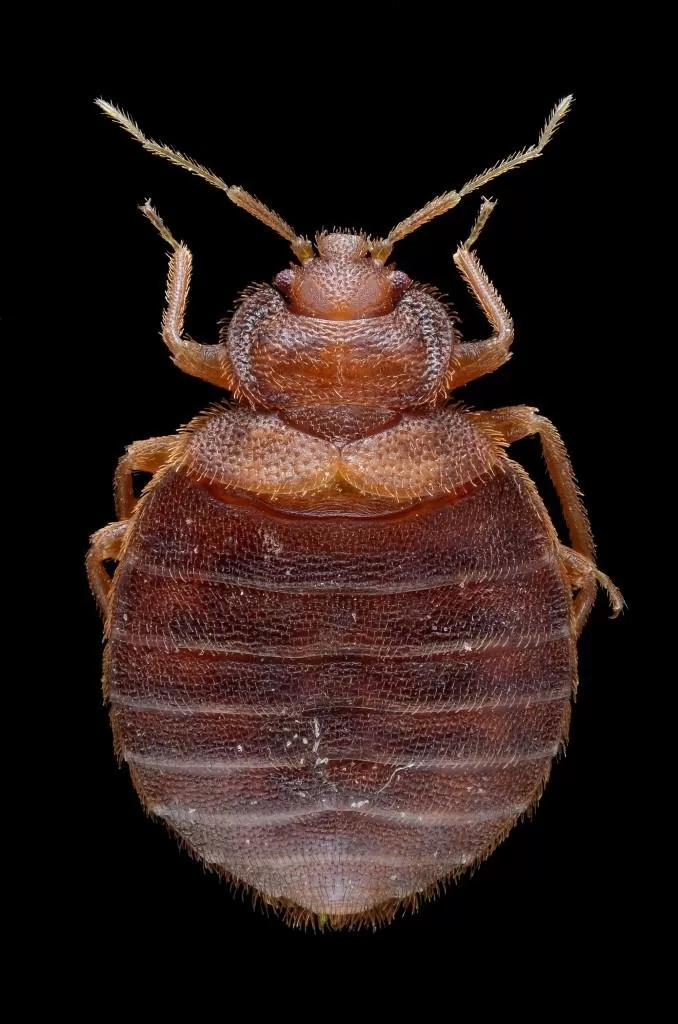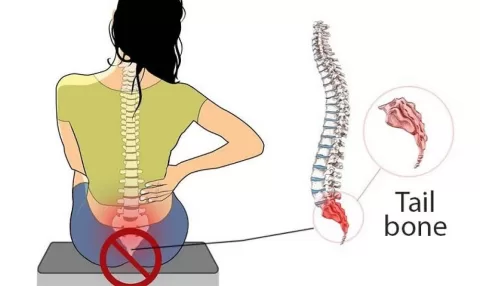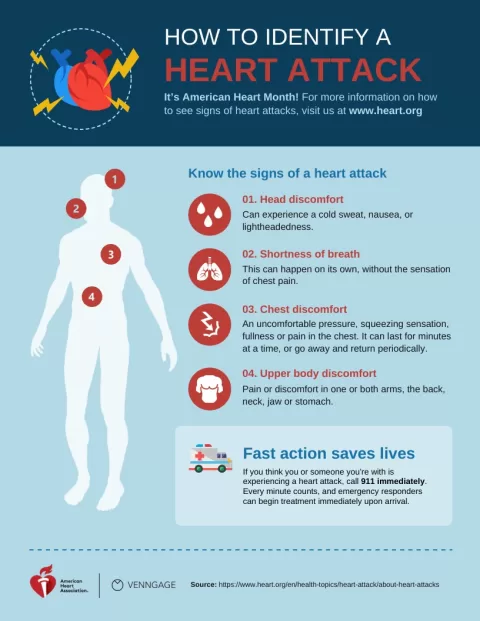Bedbugs are notorious pests that can turn your peaceful nights into a nightmare. These tiny, blood-sucking insects thrive in warm, dark environments, often hiding in the seams of mattresses and furniture. Understanding bedbug treatment and prevention is vital for homeowners dealing with these unwelcome guests. The symptoms of bedbug bites can vary from mild itching to severe allergic reactions, making early detection crucial. In this guide, we will explore effective strategies on how to eliminate bedbugs and manage infestations, ensuring you can reclaim your home from these pesky invaders.
Also known as Cimex lectularius, bedbugs are parasitic insects that have earned a reputation for their resilience and ability to cause distress. Often referred to as nocturnal pests, they tend to emerge at night to feed on human blood, leading to discomfort and anxiety for those afflicted. Identifying the signs of an infestation early on is essential for effective bedbug management. From recognizing the symptoms of bites to employing various treatment options, understanding these pests is the first step in safeguarding your living space. This comprehensive overview will provide you with the knowledge needed for successful bedbug prevention and elimination.
Understanding Bedbugs: Characteristics and Behavior
Bedbugs, also known as Cimex lectularius, are small, wingless insects that thrive in close proximity to humans, primarily feeding on our blood. Their flattened bodies allow them to hide easily in cracks and crevices, making them difficult to detect. Bedbugs are nocturnal, which means they are most active at night when they emerge to feed. Understanding their behavior is crucial not only for recognizing an infestation but also for implementing effective bedbug management strategies.
These pests can be found in various environments, from homes to hotels and even public transportation. They are adept hitchhikers, often traveling in luggage, clothing, or used furniture. Knowing their habits and preferred hiding spots can help in preventing bedbug infestations. Regular inspections and cleaning routines are essential to ensure that your living space remains free of these unwanted guests.
Symptoms of Bedbug Bites: How to Identify Them
Identifying the symptoms of bedbug bites is the first step in managing an infestation. The bites typically appear as small, red, itchy welts that can occur in clusters or lines on the skin. This reaction is a result of an allergic response to the saliva of the bedbug, which they inject while feeding. Some individuals may experience more severe reactions, including blistering or hives, especially if they have a heightened sensitivity to insect bites.
If you notice these symptoms after waking up, it’s essential to examine your bedding and sleeping area for signs of bedbugs, such as shed skins or brownish stains. Prompt recognition can help you take quick action to eliminate bedbugs before the infestation worsens. Avoid scratching the bites, as this can lead to infections. Instead, consider using topical treatments to alleviate discomfort and consult a healthcare professional if symptoms persist.
Effective Bedbug Treatment Methods: Professional vs. DIY
When dealing with a bedbug infestation, choosing the right treatment method is critical. Professional pest control services are often the most effective solution for significant infestations. Exterminators utilize advanced techniques, including heat treatment and specialized pesticides, to eliminate bedbugs at all life stages. This approach ensures thorough eradication, particularly in challenging areas like mattresses and upholstered furniture.
On the other hand, if you are facing a minor infestation, DIY treatment methods can be effective as well. Regular vacuuming, washing bedding in hot water, and steam cleaning furniture can significantly reduce bedbug populations. Additionally, using diatomaceous earth or essential oils may assist in managing the situation. However, it is essential to recognize when to escalate the issue to professionals to ensure complete elimination.
Preventing Bedbug Infestations: Proactive Strategies
Prevention is often more effective than treatment when it comes to bedbugs. Implementing proactive strategies can significantly reduce the risk of infestation. Start by inspecting secondhand furniture and clothing before bringing them into your home. Utilizing protective mattress covers designed to keep bedbugs out can also be a crucial step in prevention.
Regular cleaning is another essential aspect of prevention. Maintaining a routine that includes vacuuming and washing bed linens can help minimize the chances of attracting bedbugs. When traveling, always check hotel rooms for signs of bedbugs and keep your luggage elevated and away from the bed to avoid bringing them home with you.
Recent Insights into Bedbug Management and Technology
Recent advancements in bedbug management highlight the importance of staying informed about effective strategies. Articles and studies suggest that traditional methods, such as exposure to extreme temperatures, may not always be reliable. Innovations in smart technology, such as sensors for early detection of bedbug activity, are being researched to aid homeowners and pest control professionals in managing infestations more effectively.
Additionally, maintaining consistent cleaning habits and utilizing protective measures, such as mattress encasements, can significantly lower the risk of bedbug infestations. By integrating these insights into your routine, you can enhance your home’s defenses against bedbugs and ensure a more proactive approach to pest management.
Frequently Asked Questions
What are the common symptoms of bedbug bites?
The symptoms of bedbug bites typically include red, itchy welts that can appear in clusters or lines on the skin. Some individuals may experience more severe reactions, such as blistering or hives. Recognizing these symptoms is crucial for managing a bedbug infestation effectively.
How can I effectively treat a bedbug infestation?
To treat a bedbug infestation, you can either hire professional pest control services or use DIY methods. Professional exterminators often employ heat treatment, pesticides, and vacuuming. For DIY approaches, regular vacuuming, washing bedding in hot water, and using steam cleaning can effectively eliminate bedbugs.
What are the best prevention strategies to avoid bedbugs?
To prevent bedbug infestations, inspect secondhand furniture thoroughly before bringing it home, invest in protective mattress covers, maintain a regular cleaning schedule, and be cautious when traveling by inspecting hotel rooms for signs of bedbugs.
What home remedies can help manage bedbugs?
Home remedies to manage bedbugs include using diatomaceous earth to dehydrate and kill them and applying essential oils like peppermint or tea tree oil as a supplementary treatment. While these methods can help, they should not replace professional pest control if the infestation is significant.
How can I identify bedbugs in my home?
To identify bedbugs, look for small brownish insects about the size of an apple seed, along with red, itchy welts on your skin. Check for signs of their presence such as shed skins, eggs, or dark spots of bedbug excrement on mattresses, bedding, or furniture.
| Key Point | Details |
|---|---|
| What Are Bedbugs? | Bedbugs (Cimex lectularius) are small, parasitic insects that feed on blood, about 5-7 mm in length. |
| Symptoms of Bedbug Bites | Red, itchy welts and possible severe skin reactions like blistering or hives. |
| Treatment Options | 1. Professional Pest Control 2. DIY Methods (Vacuuming, Washing, Steam cleaning) 3. Home Remedies (Diatomaceous earth, Essential oils) |
| Prevention Strategies | Inspect secondhand furniture, use protective mattress covers, maintain regular cleaning, and be cautious when traveling. |
| Recent Insights | Avoid the freezer hack, maintain regular cleaning, advancements in smart technology for detection, and use protective measures. |
Summary
Bedbugs are a persistent issue for many households, but with the right knowledge and approach, they can be effectively managed. Understanding their characteristics, recognizing the symptoms of bites, and implementing treatment and prevention strategies are essential steps in maintaining a bedbug-free environment. Regular cleaning, vigilant inspections, and appropriate treatments are crucial for mitigating the impact of these pests. If infestations occur, seeking professional assistance is recommended to ensure complete eradication. Stay informed and proactive to protect your home from the challenges posed by bedbugs.
The content provided on this blog (e.g., symptom descriptions, health tips, or general advice) is for informational purposes only and is not a substitute for professional medical advice, diagnosis, or treatment. Always seek the guidance of your physician or other qualified healthcare provider with any questions you may have regarding a medical condition. Never disregard professional medical advice or delay seeking it because of something you have read on this website. If you believe you may have a medical emergency, call your doctor or emergency services immediately. Reliance on any information provided by this blog is solely at your own risk.








